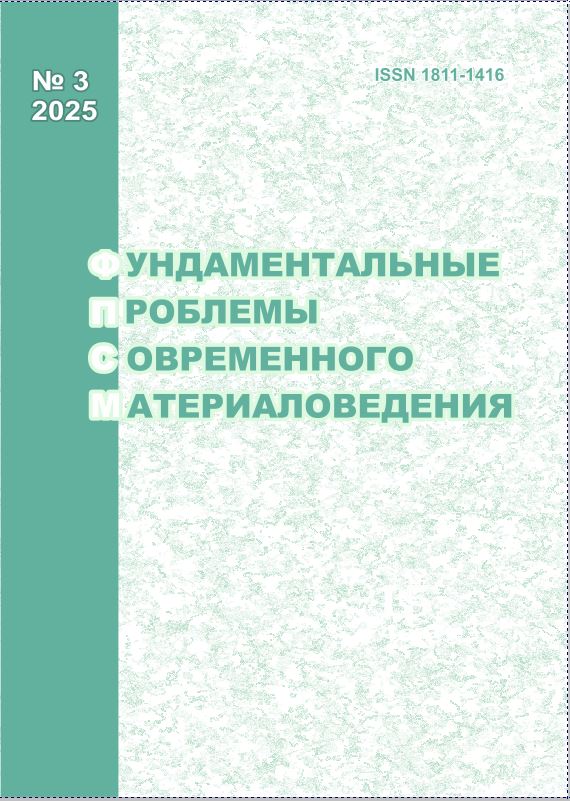Study of the possibility of obtaining sialon powder in the mode of self-propagating high-temperature synthesis using SiO2 of different fractions
10.25712/ASTU.1811-1416.2025.03.006
Keywords:
sialon, silicon oxide, quartz sand, aerosil, self-propagating high-temperature synthesis, sodium azideAbstract
The article presents the results of studies of the possibility of obtaining sialon powder using the azide technology of self-propagating high-temperature synthesis. Sialon was obtained by burning a reaction mixture consisting of sodium azide NaN3, aluminum fluoride AlF3 and silicon oxide SiO2. Silicon oxide was used in the form of quartz sand of two fractions (0.8-1.2 mm and 0.1-0.3 mm) and aerosil. The use of quartz sand of the 0.1-0.3 mm fraction resulted in obtaining a product with the highest amount of the sialon phase (55%). In addition, sialon of the composition Si1.96Al0.04O1.04N1.96 was synthesized already at a temperature of 1200ºС, which is several hundred degrees lower than the temperature of obtaining sialons using other technologies. The microstructure of the target product, when using quartz sand with a particle size of 0.1-0.3 mm in the SiO2-NaN3-AlF3 charge, consisted of equiaxed particles of sialon Si1.96Al0.04O1.04N1.96, sodium hexafluoroaluminate Na3AlF6 and silicon oxide SiO2. The average particle size of sialon was in the range from 100 to 150 nm. In the product synthesized from the batch containing aerosil, sialon phases of a different composition were found: Si1.6Al0.4O1.4N1.6 (8%) and SiAlON (12%). This indicates that different fractions of SiO2 in the initial batch affect the phase composition of not only the entire final product, but also the composition of sialon.











 Journal «Fundamental’nye problemy sovremennogo materialovedenia / Basic Problems of Material Science»
Journal «Fundamental’nye problemy sovremennogo materialovedenia / Basic Problems of Material Science» This work is licensed under a
This work is licensed under a 
